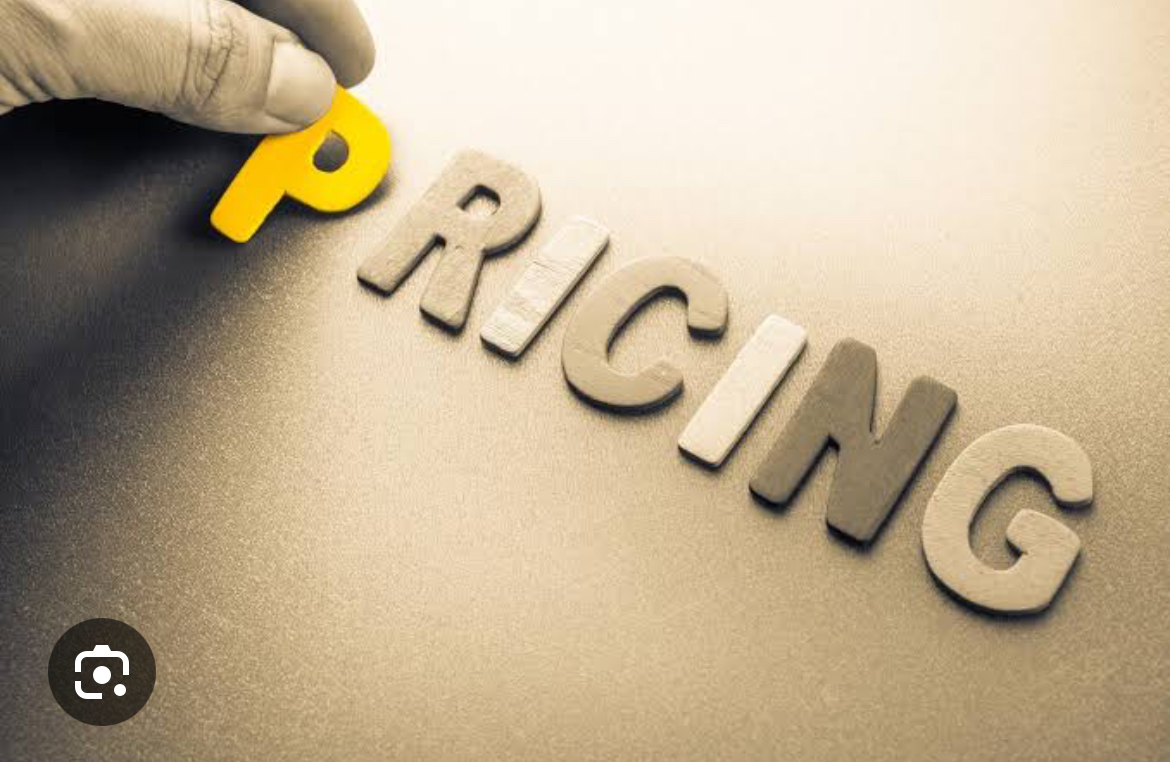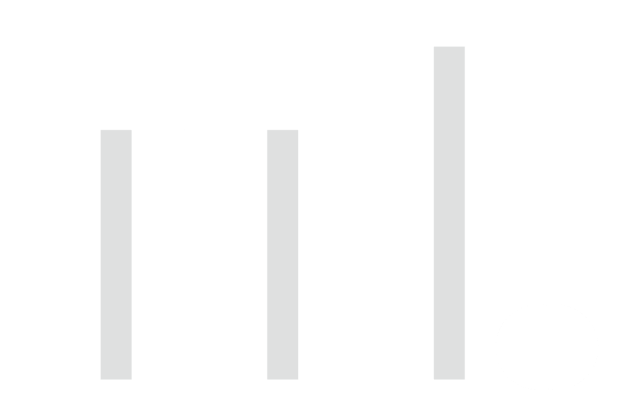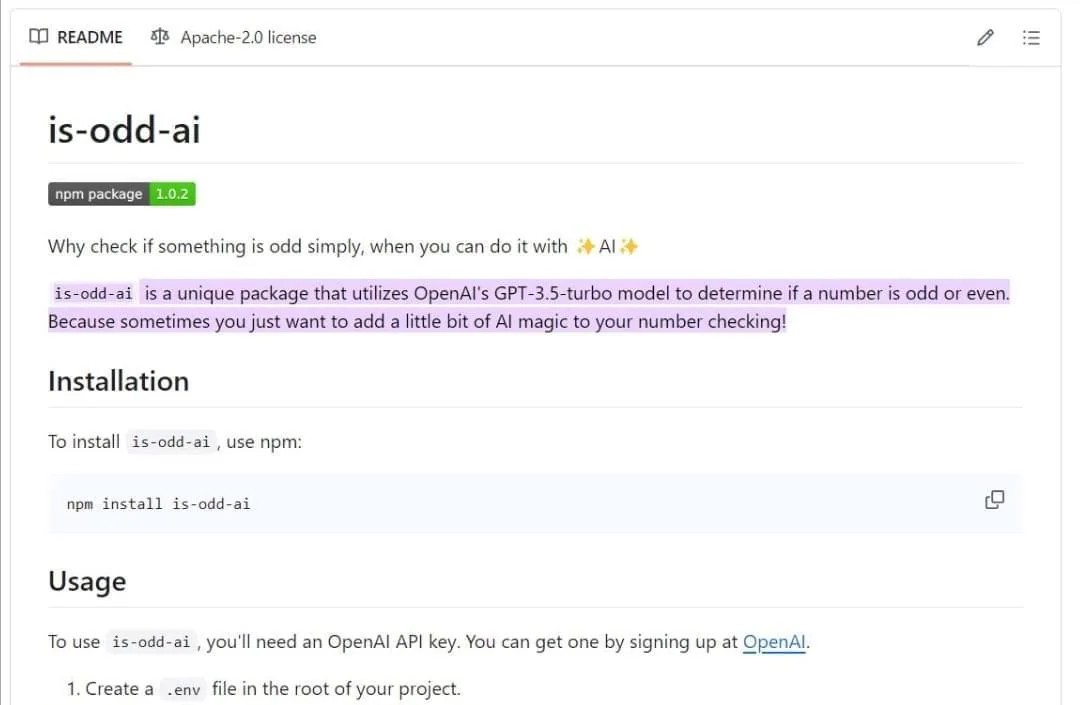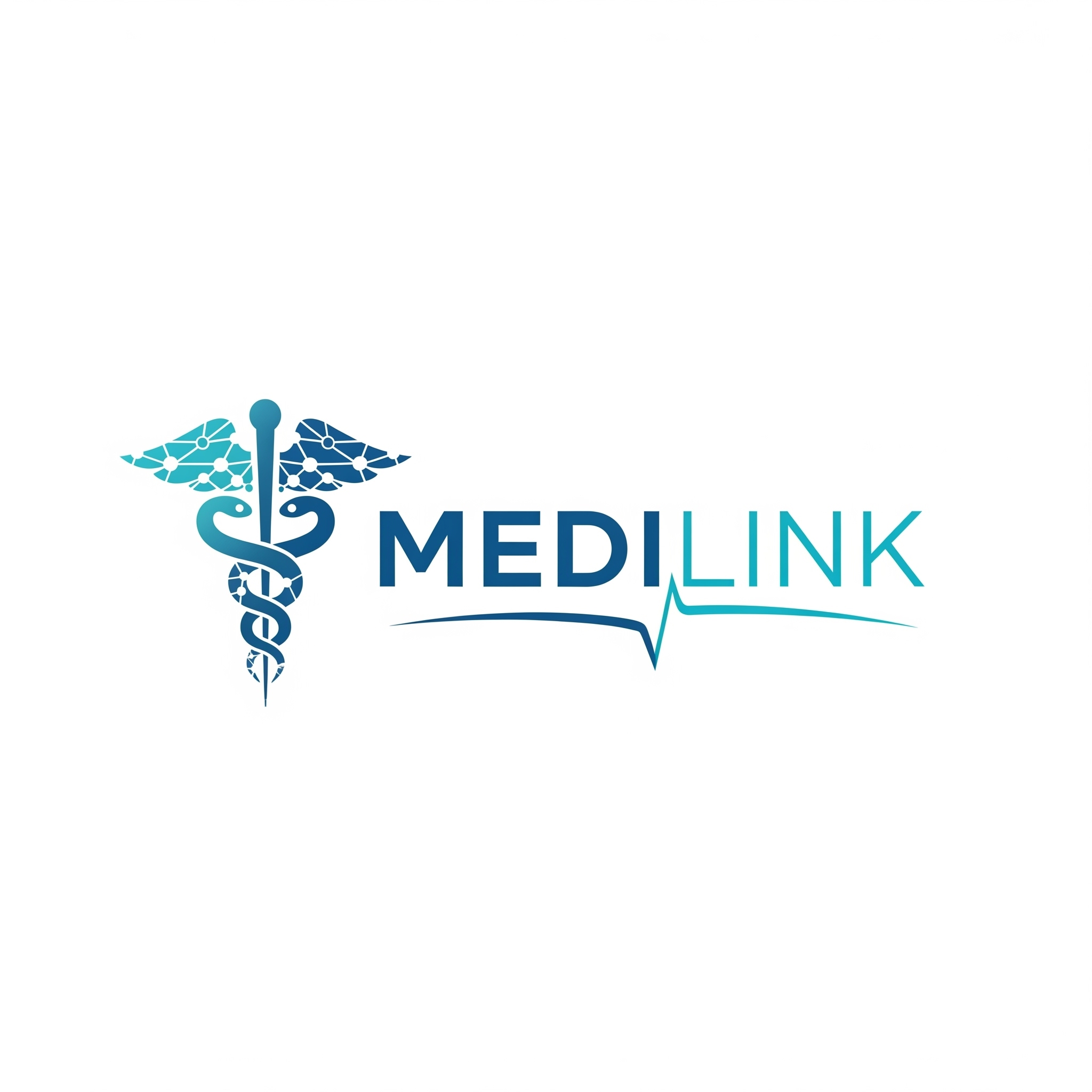Back
Sairaj Kadam
Student & Financial ... • 1y
The Psychology Behind Pricing Strategies: Why You Pay What You Pay Ever wondered why a product costs $9.99 instead of $10? Or why luxury brands rarely go on sale? Pricing isn’t just about numbers—it’s about perception, behavior, and psychology. Here’s how businesses set prices to maximize revenue: 1. Charm Pricing: $9.99 vs. $10 We see $9.99 and unconsciously process it as “less than $10.” This small difference creates the illusion of a better deal—even though the savings are minimal. 2. Anchoring Effect: The Power of Comparison When you see a high-priced option next to a moderately priced one, the latter suddenly feels like a bargain. Restaurants use this with “premium” dishes to make regular items seem affordable. 3. Bundling: Value Over Individual Costs Ever bought a “combo offer” because it felt like a steal? Bundling products together makes you feel like you’re saving money, even if you wouldn’t have bought all items individually. 4. Prestige Pricing: High Prices, High Value Luxury brands use high pricing to signal quality and exclusivity. For some, a $1,000 handbag isn’t just about the bag—it’s about status and identity. 5. The Decoy Effect: Shaping Your Choice Imagine two coffee sizes: small ($2) and large ($4). Adding a medium at $3.50 makes the large seem like a better deal. Businesses introduce a decoy to nudge you toward their desired option. 6. Odd vs. Even Pricing Odd prices (e.g., $19.97) suggest value, while even prices ($20) suggest quality. It’s a subtle cue based on what you want to communicate. 7. Scarcity & Urgency: Fear of Missing Out Phrases like “Limited stock” or “Offer ends soon” trigger a fear of missing out, pushing customers to act quickly rather than overthink. Pricing is more than math—it’s psychology. Businesses know how we think, and they price products to influence our decisions. Next time you see a price tag, ask yourself: Is this strategy at play? Follow For More!

Replies (11)
More like this
Recommendations from Medial
Sandip Kaur
Hey I am on Medial • 1y
The Psychology of Pricing: How to Set Prices That Sell Pricing isn’t just about numbers; it’s about psychology. Understanding how people think can help you set prices that not only attract but also convert. Here’s how: 1. The Power of “9”: Ever wonde
See MoreOnly Buziness
Everything about Mar... • 11m
Pricing Strategies:- 1. Cost-Plus Pricing: Adds a markup to production costs. - Example: A $10 product sold for $15 ensures profit. 2. Value-Based Pricing: Prices reflect perceived customer value. - Example: Apple charges premium rates for i
See More
Aditi
Will become a inspir... • 7m
“The Decoy Effect: How Brands Trick You into Choosing More” The Decoy Effect is a pricing strategy where businesses introduce a third, less attractive option (the “decoy”) to subtly push customers toward a more profitable choice. It plays on human p
See MoreOnly Buziness
Everything about Mar... • 2m
Ever wondered why you end up buying the “medium” popcorn at the theatre instead of the small one? That’s the Decoy Effect at work—a pricing illusion so sneaky it makes you think you’re choosing wisely. Businesses add a third “decoy” option just to pu
See MoreOnly Buziness
Everything about Mar... • 1m
Colors don’t just decorate—they dictate decisions. Red excites hunger, blue builds trust, and green calms the mind. That’s why brands like McDonald’s use red to trigger appetite and Paytm uses blue to symbolize safety. Color psychology is silent pers
See MoreDownload the medial app to read full posts, comements and news.



































